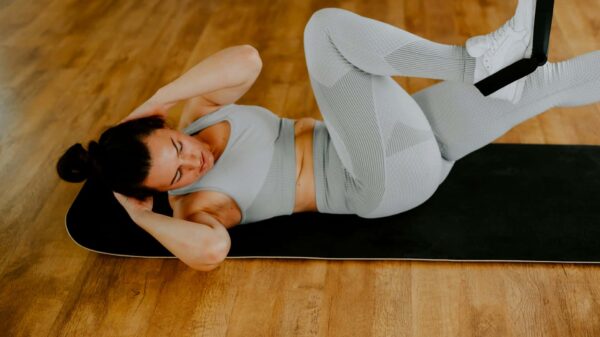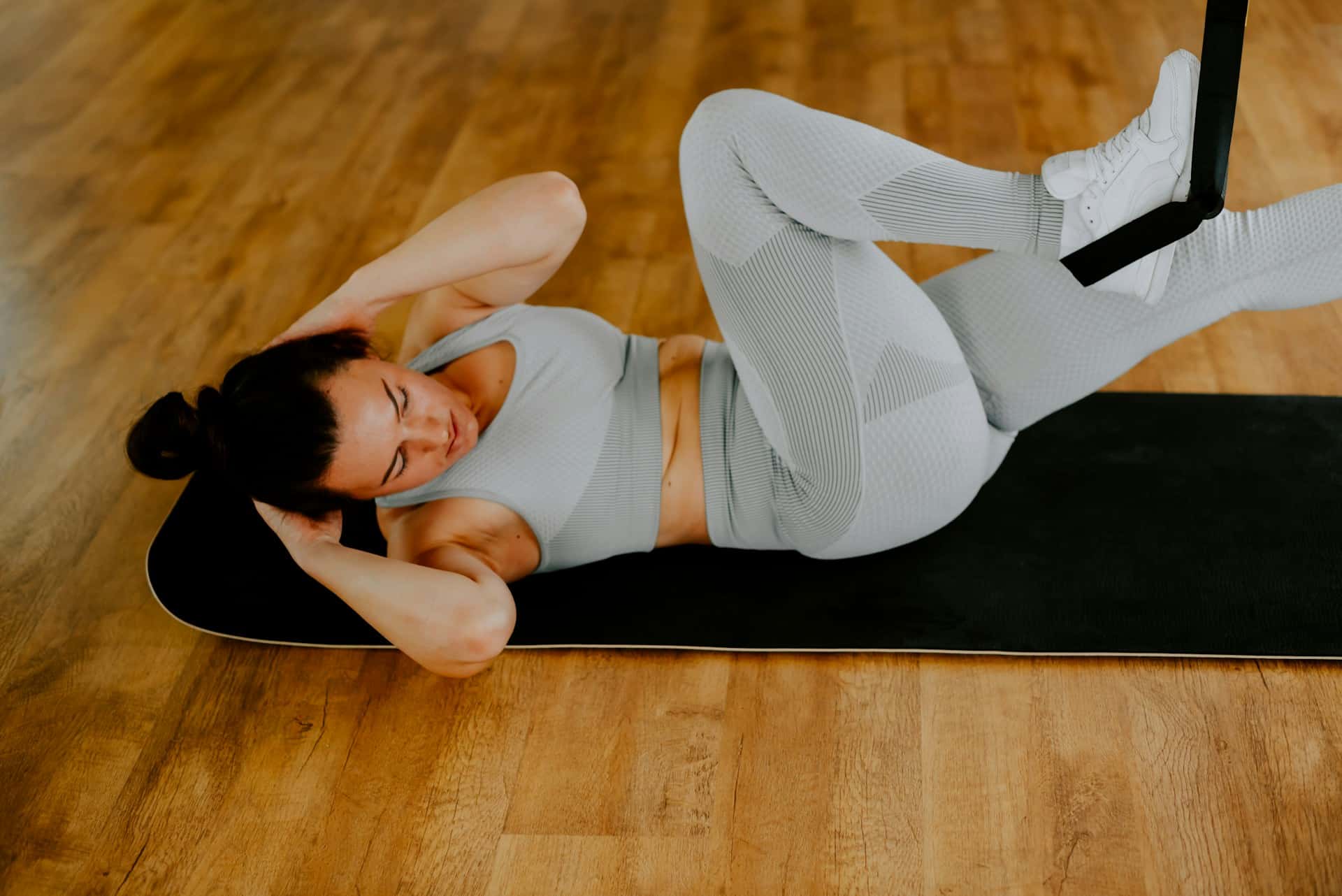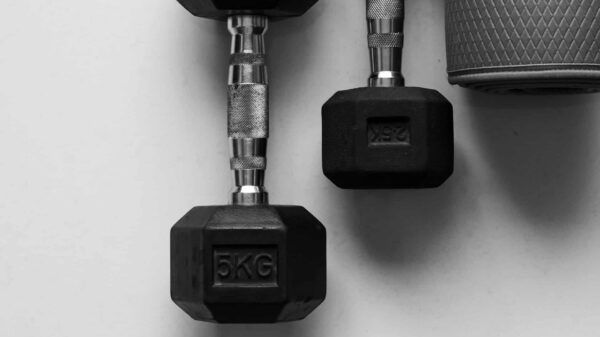Struggling to achieve restful slumber? You’re certainly not alone in the nightly struggle against restless tossing and turning. Many individuals grapple with securing quality sleep and often adhere to generalized advice such as “take deep breaths.” However, this advice frequently overlooks an important factor: the condition of your pelvic floor.
The Connection Between Pelvic Floor Health and Sleep Quality
Alyssa Burkitt, a Doctor of Physical Therapy with a focus on pelvic floor therapy at Bespoke Physical Therapy in San Diego, highlights that the relationship among your pelvic floor, breathing, and sleep quality is more intricate than most people think. Achieving true relaxation goes beyond simple deep breathing; it requires a balanced connection between your breath and body, especially regarding your pelvic floor, which plays a vital role in overall body mechanics.
Under stress, the muscles of the pelvic floor, situated at the base of the pelvis, can become tight, which affects bodily systems as a whole. This muscular tension can impede your ability to relax, a key component for attaining restful sleep. Being aware of pelvic tension signs can be crucial in overcoming sleep difficulties.
Indicators of Tight Pelvic Floor
To assess whether you might be experiencing pelvic floor tension, pay attention to these signs:
– Inability to fully unwind at night
– Frequent bathroom urges
– Lower back pain
– Difficulty with deep breathing
– General pelvic tightness
A 10-Minute Evening Routine for Restorative Sleep
Burkitt has developed a simple 10-minute routine aimed at alleviating pelvic floor tension through breathing techniques and promoting ideal sleeping positions. Here’s how you can seamlessly incorporate this routine into your nighttime ritual.
Important Considerations Before You Begin
– Concentrate on Your Breath: According to Burkitt, mindful breathing is essential for relaxation.
– Listen to Your Body: Movements should feel gentle; if something doesn’t feel right, don’t hesitate to skip it.
1. Diaphragmatic Breathing Reset
This initial exercise reinforces the link between your diaphragm and pelvic floor:
1. Lie on your back with your knees bent and feet flat. Place one hand on your lower ribs and the other on your abdomen.
2. Breathe in through your nose, allowing your rib cage to expand fully in all directions.
3. Exhale softly through your mouth, relaxing your ribs.
4. Notice the gentle motion in your pelvic floor as your breath flows.
5. Continue this for 2-3 minutes.
2. 360° Breathing Expansion
This technique helps relieve tension in the diaphragm and pelvic floor:
1. Lie on your back with your knees bent, arms at your sides.
2. Inhale and visualize your rib cage opening like an umbrella, keeping your shoulders relaxed.
3. Maintain this position for approximately 1-2 minutes.
3. Happy Baby Hip Release
Using gravity can aid hip relaxation, which directly influences pelvic floor tension:
1. Lie on your back, drawing your knees toward your chest.
2. Hold the outer parts of your lower legs or the backs of your thighs.
3. Gently rock side to side for 2 minutes.
4. Pelvic Clock Mapping
This exercise fosters a mental connection with your pelvic floor and identifies tension areas:
1. Lie on your back with knees bent and feet flat.
2. Envision a clock on your pelvis, with 12 o’clock at your belly button.
3. Trace small circles around this “clock” for 2 minutes, noting tight spots.
5. Optimal Sleep Position
This position promotes spinal alignment and enhances breathing at night:
1. Shift to your side from a lying down position, adding a pillow between your knees.
2. Use a small pillow for lumbar support.
3. Take deep breaths, envisioning your abdomen expanding.
4. Remain in this position for 2-3 minutes.
When to Seek Professional Guidance
If tension persists even after these exercises, it may be wise to consult a pelvic floor physical therapist. They are trained to diagnose and address pelvic issues, significantly improving not only sleep quality but overall well-being. Consider seeking professional help if you:
– Experience chronic pelvic discomfort
– Face bladder control issues
– Feel ongoing tension that doesn’t alleviate
– Notice related difficulties affecting your daily activities
Connecting with professionals through platforms like PelvicRehab.com or the Academy of Pelvic Health Physical Therapy can guide you toward enhanced pelvic health and better sleep. By prioritizing pelvic health, you’re not only investing in your physical well-being; you’re nurturing essential aspects of your body, leading to restful nights and revitalized days ahead.






























